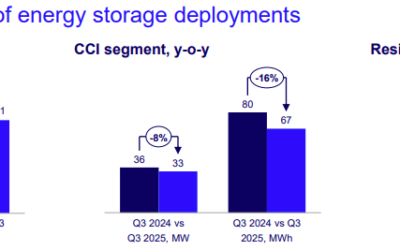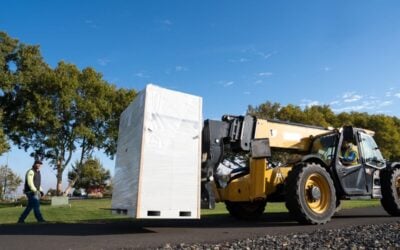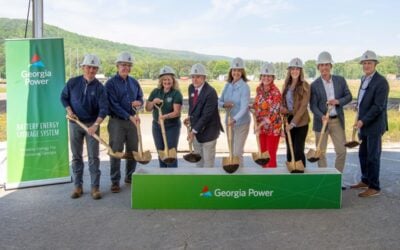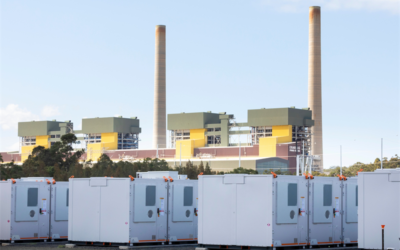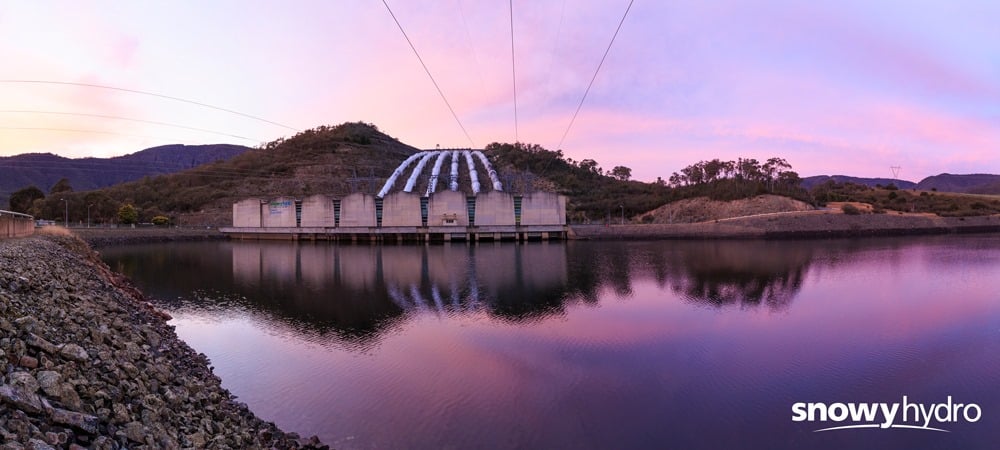
The Australian government has approved the development of HumeLink, an almost AU$5 billion (US$3.1 billion) energy transmission project that will unlock the 350GWh Snowy 2.0 pumped hydro energy storage (PHES) expansion.
The HumeLink project intends to construct 365km of new 500kV high-voltage transmission infrastructure between Wagga Wagga, Bannaby and Maragle, in New South Wales.
Transgrid states that HumeLink will be one of the projects that help unlock the full capacity of the expanded Snowy Hydro Scheme, better known as Snowy 2.0, which will see a 2GW pumped hydro energy storage project built with a storage duration of 175 hours, providing additional grid stability for the National Electricity Market (NEM).
The expansion of the Snowy Hydro scheme will include 27km of tunnels linking two reservoirs, with an underground pumped hydro power station around 800 metres below the surface. It will nearly double the Snowy Scheme’s existing generation capacity, with excess electricity on the system used to pump water back through Snowy 2.0’s reversible turbines at times of low demand.
Try Premium for just $1
- Full premium access for the first month at only $1
- Converts to an annual rate after 30 days unless cancelled
- Cancel anytime during the trial period
Premium Benefits
- Expert industry analysis and interviews
- Digital access to PV Tech Power journal
- Exclusive event discounts
Or get the full Premium subscription right away
Or continue reading this article for free
Members of the Australian energy industry have emphasised the project’s importance, making it a priority to ensure sufficient transmission capacity is available. This concern applies not only to New South Wales but also to the Australian government. The urgency is particularly significant due to the expected phase-out of coal-fired power stations across the country by the late 2030s.
This has presented an opportunity for large-scale energy storage projects to become an integral aspect of the Australian energy system. For instance, Australian utility Origin Energy is developing the 2.8GW Eraring BESS at the site of the Eraring coal-fired power plant – the largest in Australia. In total, around 26.7GW of coal-fired power capacity is set to be lost.
Australia’s minister for the environment and water, Tanya Plibersek, noted in a media statement that the project’s approval “marks another important important milestone in the government’s plan to make Australia and renewable energy superpower”.
The project will now transition into the next phase, requiring detailed design, investigations, procurement and project mobilisation. Following this, main construction works are expected to commence in early 2025 with completion in late 2027.
Transgrid Group CEO Brett Redman noted that the HumeLink project will reinforce the southern New South Wales electricity grid and enable the integration of new renewable energy generation.
“Bringing this energy online will benefit millions of Australians on the eastern seaboard by providing consumers with access to cheaper renewable energy. HumeLink and VNI West are essential to the delivery of Australia’s energy transition, the Australian and New South Wales governments’ net zero targets and providing consumers with access to more affordable renewable energy,” Redman added.
CEFC provides funding for HumeLink
The Australian government-backed Clean Energy Finance Corporation (CEFC) has an invested interest in the Snowy 2.0 project having committed AU$125 million in 2020 to support its development. The emphasis of this investment was to help build grid infrastructure the project to be connected to the NEM.
The CEFC has returned to facilitating the project’s connection by revealing its single largest investment to date. Through the organisation’s AU$19 billion Rewiring the Nation (RTN) Fund, aiming to invest in Australia’s grid infrastructure to support climate targets, CEFC has allocated AU$1.92 billion towards the development of the HumeLink and the New South Wales element of the Victoria-New South Wales Interconnector, better known as VNI West.
CEFC CEO Ian Learmonth hailed both the HumeLink and VNI West transmission projects as “vital parts of the clean energy solution” in Australia.
“These nationally significant projects will help bring low-cost and low emissions clean energy to energy users in NSW and Victoria, with CEFC finance helping reduce the level of project costs that may be passed on to consumers,” Learmouth said.
“In making this very substantial investment commitment, we have drawn on the considerable scale and specialist expertise developed in our first decade of investment across the economy. Just as we used our capital to build investor confidence in the growth of our large-scale solar and energy storage sectors, we are now extending that focus to the crucial area of transmission.”


